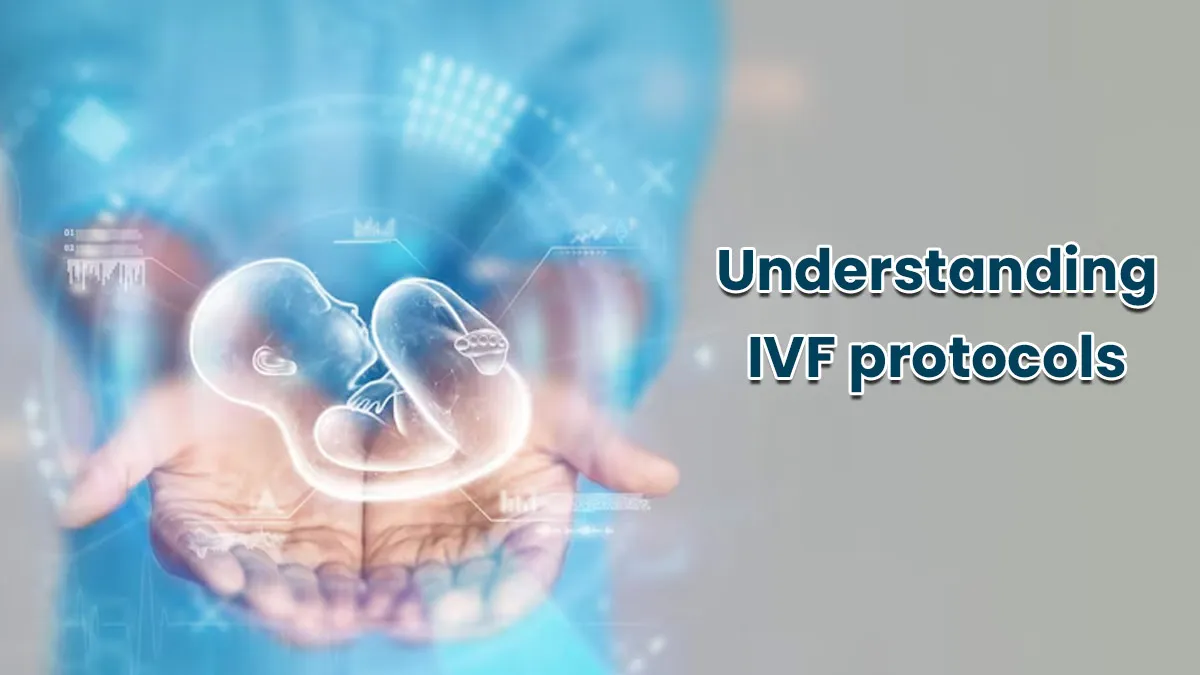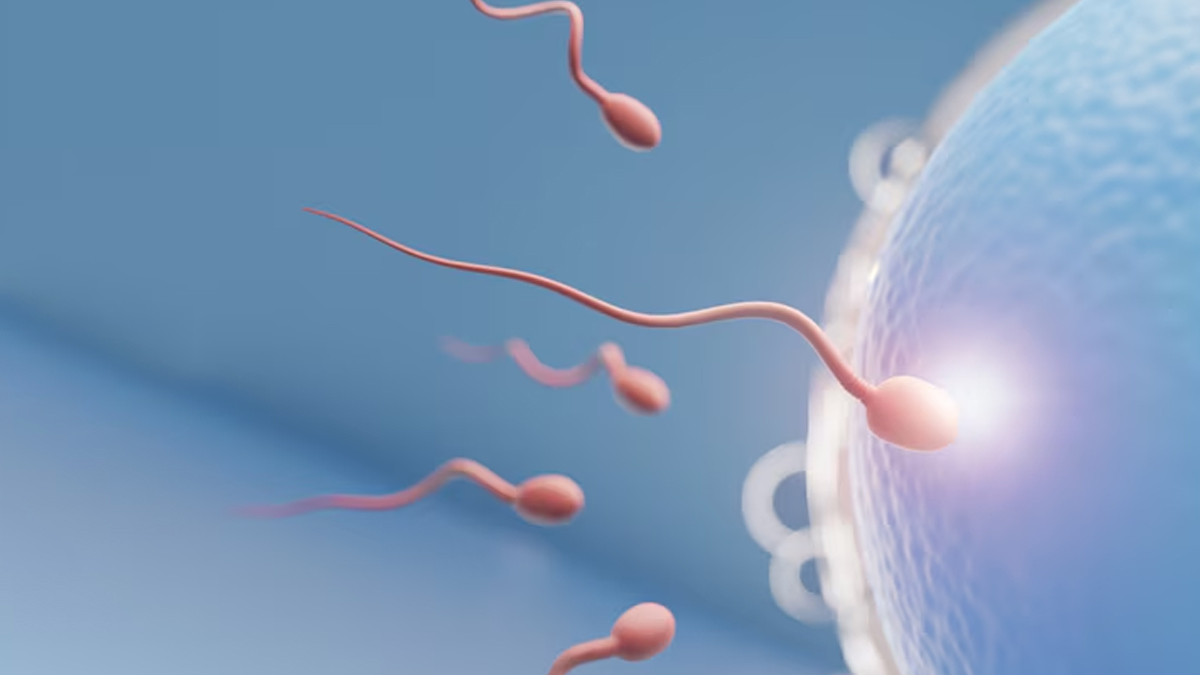
Choosing the right IVF protocol can feel overwhelming, especially with terms like long protocol and short protocol swirling around. But understanding these cycles is crucial for tailoring treatment to your unique needs and improving your chances of success. Whether you’re new to IVF or exploring options after a previous attempt, knowing the differences between protocols like duration, hormone schedules, and ideal candidates can empower you to make informed decisions. An expert details the two primary IVF cycles, shares insights on when each works best, and highlights key factors to discuss with your doctor.
Table of Content:-
Understanding IVF Protocols: Long vs. Short Cycles
View this post on Instagram
IVF protocols are tailored plans that guide hormone stimulation and egg retrieval. Dr Manan Sheth, IVF Consultant, Mothercare Maternity Hospital, Mumbai, explains: “The two main protocols are the long and short cycles. Their duration and structure vary significantly, impacting both the process and outcomes.”
1. Long Protocol
- Duration: Starts around Day 20 of your current cycle and continues until Day 12 of the next cycle (≈24 days total).
- Process: Uses down-regulation (suppressing natural hormones) before stimulating ovaries.
Best For:
- Older women or those with low AMH (ovarian reserve).
- Patients with a history of poor response to IVF.
“The long protocol allows better control over egg development, often yielding higher-quality eggs in challenging cases,” says Dr Sheth.
2. Short Protocol
- Duration: Begins on Day 2 of your cycle and ends around Day 14 (≈12–13 days total).
- Process: Skips down-regulation, starting stimulation immediately.
Best For:
- Younger patients with good ovarian reserve.
- Those needing a quicker, less intensive process.
“The short protocol is less taxing and ideal for women who respond well to standard stimulation,” Dr Sheth notes.
ALSO READ: Is Using a Mixer Grinder Safe During Pregnancy? Doctor’s Insight on Vibrations
Key Factors to Discuss With Your IVF Consultant
-1742367983244.jpg)
- Ovarian Reserve: Low AMH levels may favor the long protocol.
- Age: Older women often benefit from the long cycle’s controlled approach.
- Medical History: Previous IVF failures or poor response? The long protocol could help.
- Time Constraints: The short protocol fits busy schedules.
Study Spotlight: Protocol Effectiveness
A 2021 study in Fertility and Sterility analysed 1,200 IVF cycles and found:
- The long protocol had a 15% higher success rate in women over 35 or with low AMH.
- The short protocol showed comparable results in women under 35 with normal ovarian reserve.
- This highlights the importance of personalised protocol selection.
How to Choose the Right IVF Cycle

Dr Sheth advises:
- Get Tested: AMH levels, age, and prior IVF history guide decisions.
- Discuss Goals: Are you prioritising speed or maximising egg quality?
- Ask About Side Effects: Long protocols may involve more injections and mood swings.
“There’s no one-size-fits-all. Trust your doctor’s expertise to match you with the right protocol,” he adds.
Final Tips for a Smoother IVF Journey
- Stay Informed: Understand each step of your chosen protocol.
- Track Symptoms: Report unusual pain or mood changes promptly.
- Lean on Support: Join IVF communities for shared experiences.
ALSO READ: What Is Intracytoplasmic Sperm Injection (ICSI)? Expert Details The IVF Fertility Treatment
Conclusion
Choosing between a long or short IVF protocol depends on your age, health, and fertility goals. While the long cycle offers precision for complex cases, the short cycle provides a faster route for others. By partnering with your IVF specialist and staying informed, you can navigate this journey with confidence. Remember, the right protocol is the one that aligns with your body and dreams of parenthood.
Also watch this video
How we keep this article up to date:
We work with experts and keep a close eye on the latest in health and wellness. Whenever there is a new research or helpful information, we update our articles with accurate and useful advice.
Current Version